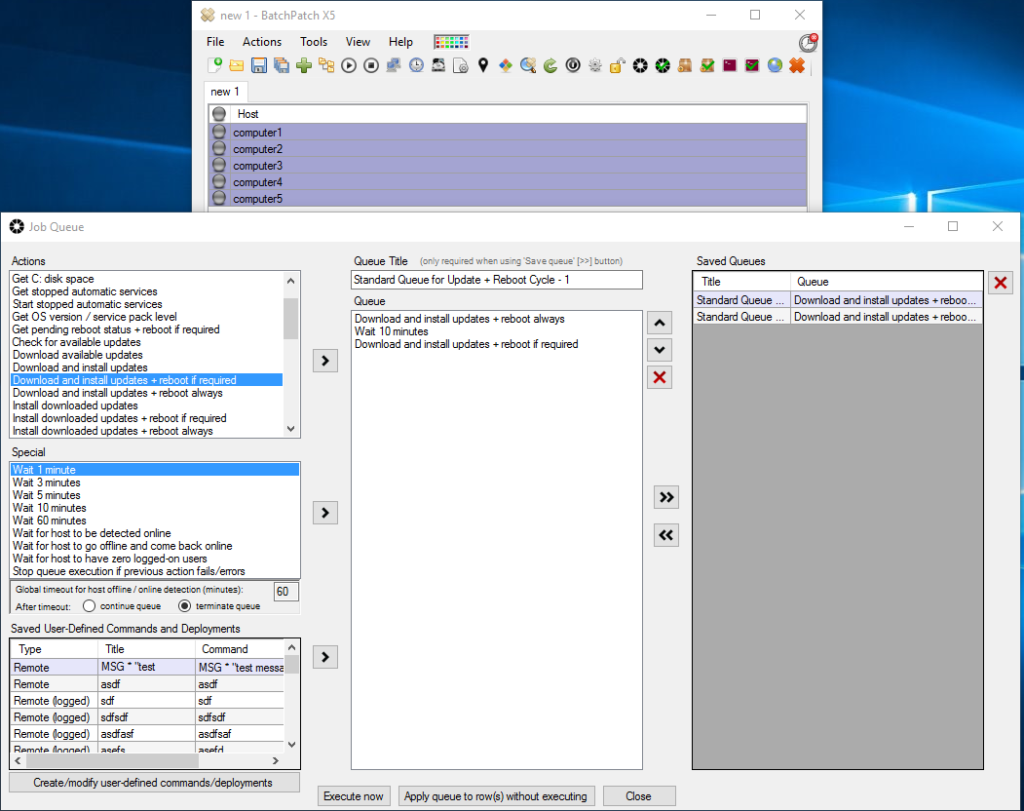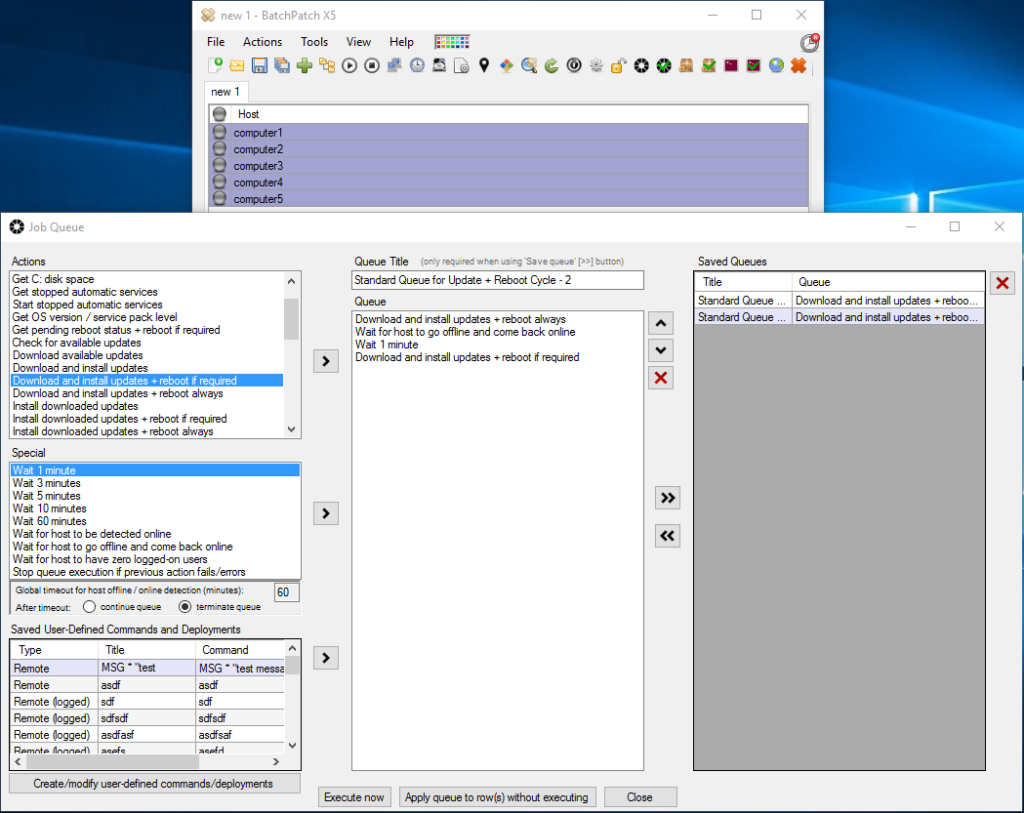Anyone who has worked with Windows Updates for any length of time has encountered the situation where after downloading/installing updates and rebooting, all of a sudden after the computer comes back online there are new updates available, even though all available updates were installed before the reboot. This seems to be an unavoidable fact with Windows Updates some months where an update simply will not be “available” until after certain other updates have been installed. And while it certainly isn’t a big deal to just install the newly available updates and reboot a second time when you’re dealing with a single computer, if you’re dealing with a lot of computers or you have a brief maintenance window to work with, things tend to get complicated very quickly. Soon you find yourself at the end of the maintenance window with machines offline that need to be online, and confusion about which machines have been rebooted twice and which ones have only been rebooted once etc. Wouldn’t it be nice if you could have a one-click way to launch a cycle of multiple updates and reboots across many computers, simultaneously? BatchPatch to the rescue! Here’s how you can use BatchPatch to automate a sequence of multiple update plus reboot cycles.
BatchPatch’s Job Queue Feature:
In BatchPatch we select the hosts that we want to update, and then we select ‘Actions > Job Queue > Create/modify job queue’
One option for a typical update + reboot cycle is illustrated in the screenshot below. The steps are as follows:
1. Download and install updates + reboot always
2. Wait 10 minutes
3. Download and install updates + reboot if required
A second option for a typical update + reboot cycle is illustrated in the following screenshot. In this job queue we utilize the BatchPatch built-in option to ‘Wait for host to go offline and come back online.’ A host is determined to be offline when X pings timeout/fail, where X is an integer defined under ‘Tools > Settings > Grid preferences > Hosts are considered offline after X ping timeouts.’ The default value for this setting is 3, and that works great for physical computers. We recommend a value of 2 for virtual machines that are able to reboot extremely quickly. A host is determined to be back online after it both responds to pings AND also responds to WMI queries.
The steps are as follows:
1. Download and install updates + reboot always
2. Wait for host to go offline and come back online
3. Wait 1 minute
4. Download and install updates + reboot if required
If you want, you can add even more steps to the job queue, whether that be for an additional update + reboot cycle or if you need to execute a custom script or retrieve some info from host computers. However, for our purposes, 2 cycles of update + reboot is sufficient.
Once you have a job queue created you execute it right away for the selected hosts in the grid using the ‘Execute now’ button, or you can save the queue using the ‘>>’ button for later execution. Once a queue has been saved, then to execute it for a given set of hosts/rows in a grid, you would simply highlight the hosts and select ‘Actions > Job Queue > Execute saved job queues > *Your job queue name*’



